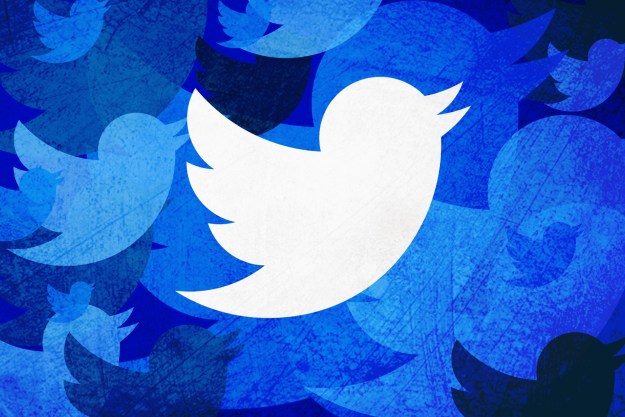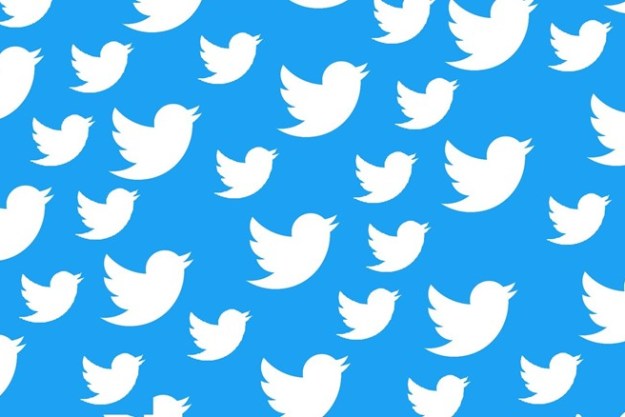Twitter seems to be an easy target for hackers. In late 2019, Twitter CEO Jack Dorsey’s account was hacked and then used to send out racist and anti-Semitic retweets. In a strange turn of events that could only happen in topsy-turvy 2020, Twitter’s competitor, Facebook, had their Twitter account taken over by a hacker group called OurMine in February. More recently, dozens of major Twitter accounts were hacked in massive Bitcoin scam. That’s only a few of the more high-profile hackings.
This news could leave a devout Twitter user a little nervous. Though there’s no foolproof way to keep hackers at bay, you can make your account much more secure. Here’s how to secure your Twitter account.
 Password smarts
Password smarts
First, let’s tackle the easiest step: Perfecting your password. Change your password so that it’s different from any other password you use, and make it as random as possible with capital letters, lowercase letters, numbers, and symbols. Also, make your password long. Twitter recommends a password that is at least 10 characters long. If trying to remember a whacky password scares you, get a good password manager to safely store all of your passwords.
Once you have a great password, make sure it can’t be easily changed — select options that require your email address or phone number before a change can be made. Here’s how to set this security feature up:
- Log in to your account.
- If you’re using a browser, click More in the menu on the left side of the screen.
- If you’re using the app, tap your Profile Icon in the upper left.
- Choose Settings and Privacy > Account > Security.
- Tick the box beside the Password Reset Protect option.
- To finish, enter your password and choose OK.
Use two-factor authentication
Next, set up your account to use two-factor authentication. This security measure makes it so your account can only be accessed if you enter your password and a code or a security key to confirm your identity.
Here’s how to set it up:
- Log in to your account.
- If you’re using a browser, click More in the menu on the left side of the screen.
- If you’re using the app, tap your Profile Icon in the upper left.
- Choose Settings and Privacy > Account > Security > Two-Factor Authentication.
- Choose which secondary method you would like to use to identify yourself when you log in.
Be smart
While the steps above will keep your account secure from most hackers, there are a few more things you should remember. If your computer has a virus, a hacker may be able to use it to access your account. Be sure to use up-to-date malware protection on your computer to help prevent this type of hack. When you combine all of these tips together, your Twitter account should be very safe from any would-be hackers.
Editors' Recommendations
- Bluesky barrels toward 1 million new sign-ups in a day
- Why is Twitter called X now? Here’s everything you need to know
- Hacker sent to jail for huge 2020 Twitter breach
- Twitter braces itself after source code leaked online
- No joke: Twitter is taking away your blue check on April 1, unless you pay

 Password smarts
Password smarts


